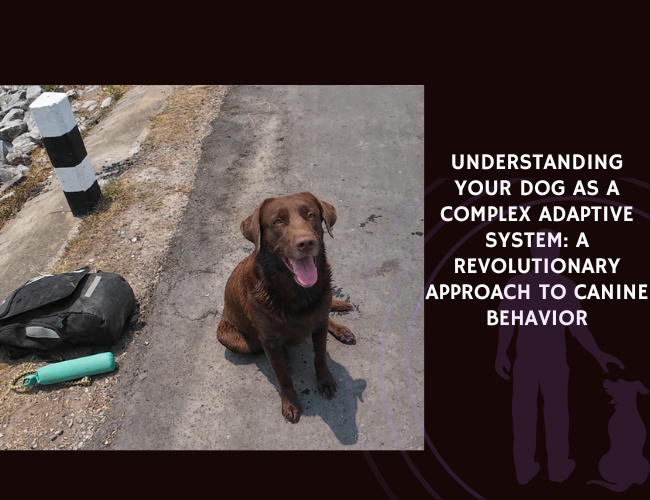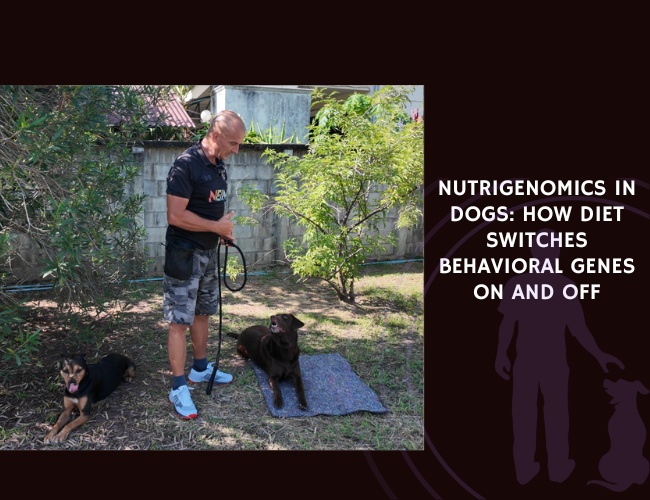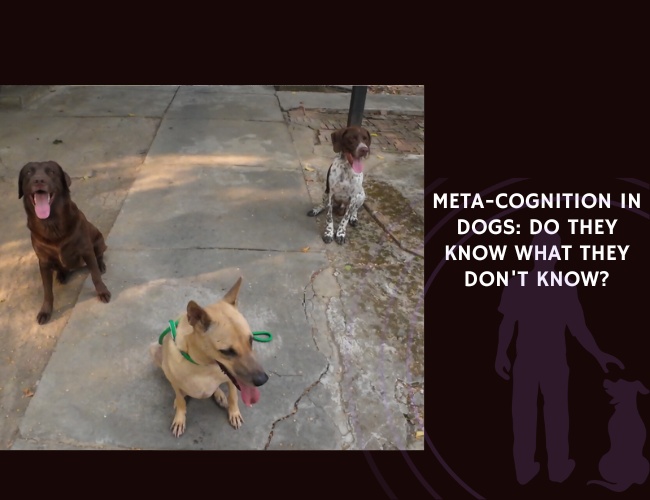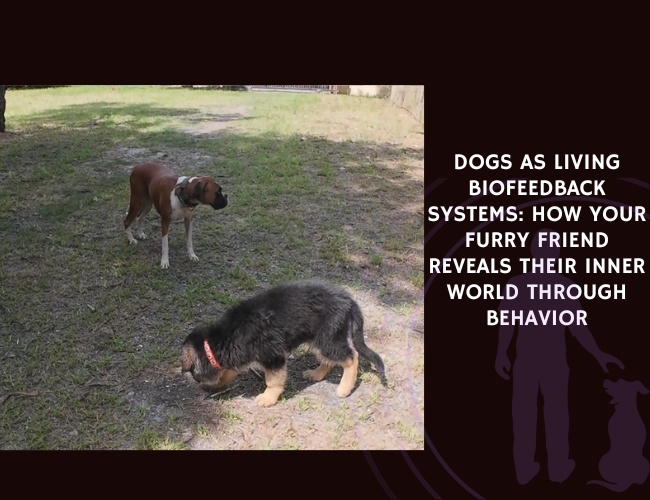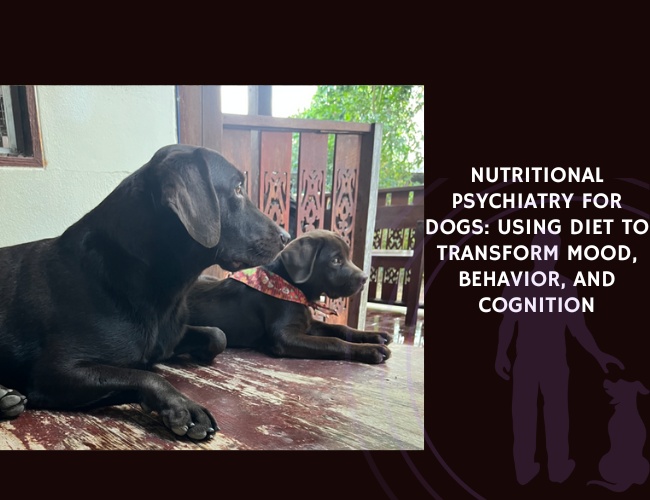Quick Facts about the Norwegian Lundehund
- Origin: Norway
- Weight: Males: 7–9 kg, Females: 6–8 kg
- Life expectancy: 12–15 years
- Coat Colour: Reddish-brown to fawn with black hair tips; white markings common
- Breed Group: Non-Sporting
Six toes, flexible joints, and an arctic lineage—the Norwegian Lundehund is unlike any other breed. Once a puffin hunter on Norway’s rugged cliffs, this rare dog is a living fossil of functional adaptation.
Norwegian Lundehund History
The Norwegian Lundehund hails from the isolated Lofoten Islands, where it was bred to hunt puffins and their eggs on steep, rocky cliffs. Its most striking feature—six fully developed toes on each foot—offered unmatched grip and agility.
Flexible shoulders and the ability to close its ears to moisture made the Lundehund ideal for the harsh coastal environment. Although nearly extinct after WWII, dedicated breeding efforts have helped revive the population—though it remains rare and genetically narrow.
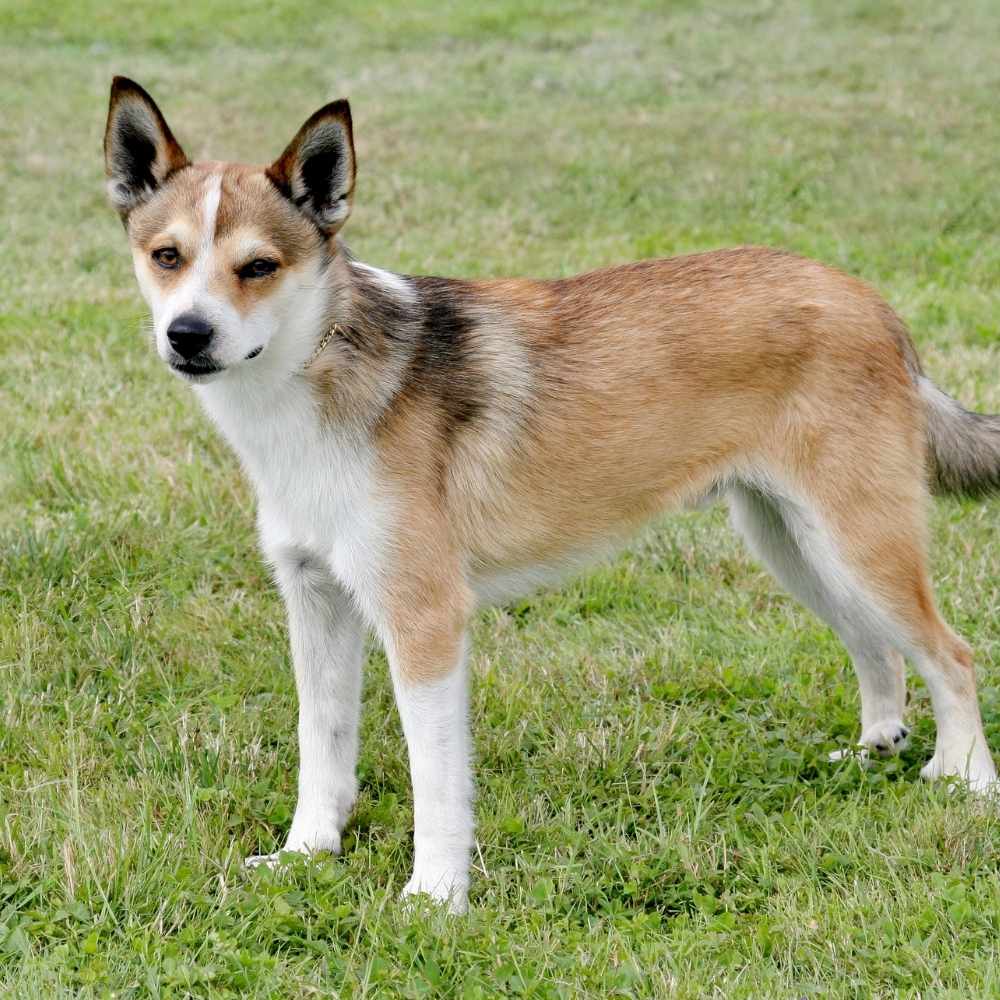
Norwegian Lundehund Temperament
Alert, curious, and independent, the Lundehund often behaves more like a cat than a typical dog. It enjoys climbing, squeezing into tight spaces, and investigating every nook of its environment.
Though affectionate with family, it can be aloof with strangers. Early socialisation is essential to reduce wariness and prevent excessive barking.
Note: The Lundehund can be stubborn and is highly sensitive—training must be patient, positive, and consistent.
Health and wellness
This breed’s greatest health concern stems from its limited gene pool. Lundehund Syndrome—a collection of digestive and nutrient absorption disorders—affects many individuals. Preventive care, nutritional management, and regular veterinary monitoring are essential.
Their coat is easy to groom and they are naturally clean dogs.
Significant problems:
Lundehund Syndrome (intestinal lymphangiectasia)
Protein-losing enteropathy
Poor nutrient absorption
Sensitivity to dietary changes
Genetic bottleneck effects
Life expectancy: 12–15 years
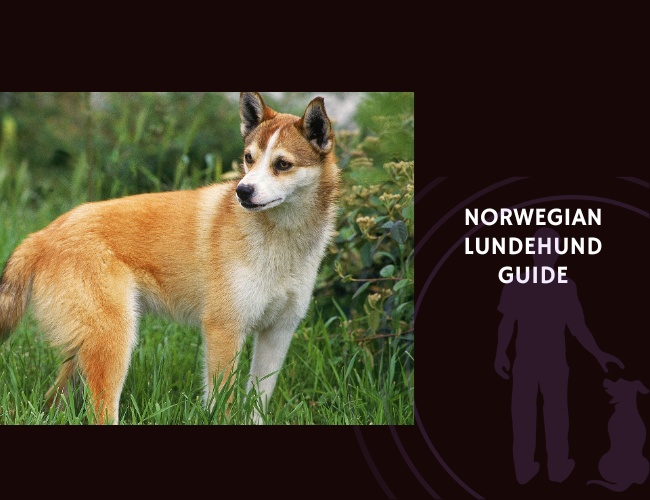
The Complete Guide to Norwegian Lundehund
🔍 Looking to go deeper into dog training?
Use these categories to explore targeted guides and articles on canine behavior, nutrition, obedience, entertainment, and more.

